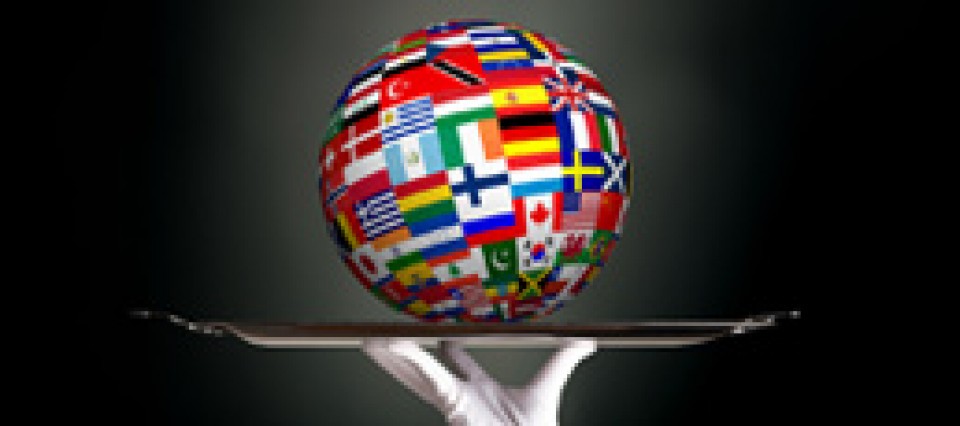
Silver Beaujolais Nouveau Celebration
Columbia Tower Club, 701 5th Avenue, Seattle
Friday, November 17, 2017; 7-11 pm
http://faccpnw.wixsite.com/beaujolaisnouveausea
“Beaujolais Primer”
Two 30-minute presentations by Sommelier Dieter Schafer
Tasting Wines
2017 GdB Beaujolais Villages Nouveau (both tastings)
2015 GdB Domaine des Rosiers Moulin-à-Vent (1st tasting only)
2015 GdB Domaine Duboeuf Morgon Belles Grives (2nd tasting only)
Beaujolais Nouveau (BN)
BN is always released the third Thursday of November, regardless of the start of the harvest. BN can only be made from grapes coming from the appellations of Beaujolais and Beaujolais-Villages. Approximately 1/3 of the entire crop of the Beaujolais region is sold as BN. BN owes its easy drinkability to a winemaking process called carbonic maceration—also called whole berry fermentation. This technique preserves the fresh, fruity quality of the wine, without extracting bitter tannins from the grape skins.
Grapes
Gamay (aka Gamay noir à jus blanc) is the only red grape permitted for Beaujolais. All the grapes in the Beaujolais region must be picked by hand. These are the only vineyards, along with Champagne, where hand harvesting is mandatory.
Tasting Techniques
Sight ~ Smell ~ Taste ~ Aftertaste or Finish (You have to attend to do this).
Serve BN slightly cool, at about 55 degrees Fahrenheit. The wine is more refreshing and its forward fruit more apparent than if you serve it at room temperature.
History
In 1395 the Duke of Burgundy Philippe the Bold, who declared Gamay “a very bad and disloyal plant” kicked it out of Burgundy. In the 1800’s drinking the fresh wine of the year was included in harvest celebrations. Starting in the 1960’s this tradition gained in popularity across France. Release date for BN was November 15. In 1985, the INAO* established the third Thursday of November as the official release date of BN (a brilliant stroke for promotion).
Region
The region of Beaujolais is 34 miles long from north to south and 7 to 9 miles wide. There are nearly 4,000 grape growers who make their living in this picturesque region just north of France’s third largest city, Lyon.
Beaujolais Appellations
Beaujolais
Beaujolais Villages
Brouilly – The largest Cru. Famous for bright blueberry and currant aromas.
Côtes de Brouilly – On an extinct volcano, with deep concentration. A fine Côtes de Brouilly shows a flashy character not easily duplicated elsewhere.
Chiroubles – High altitude, delicate wines. Think floral aromas (especially violets).
Chénas – The smallest of the Crus, with notable rose petal aromas and occasionally violet. Very floral. Ageworthy.
Fleurie – A “go to” Cru Beaujolais for many, for it shows consistent balance between floral and fruit aromas, and a velvety texture.
Juliénas – Richer wines that are sometimes peppery in the nose. A historic area, and one of the first in the region planted by the Romans (the name refers to Julius Caesar).
Morgon – While some Beaujolais are floral, the wines of Morgon tend to be earthy. Usually the darkest and fullest of Cru Beaujolais, these are age worthy and fuller bodied wines.
Moulin-A-Vent – Some of the most age worthy wines are made here. Occasionally producers will age these in oak.
Régnié – Fuller bodied wines, with more red currant aromas.
Saint-Amour – One of the top Crus, making wines that can easily age ten years or more. Structured, with spicy flavors.
* Institut national de l’origine et de la qualité ~ previously Institut National des Appellations d’Origine.
